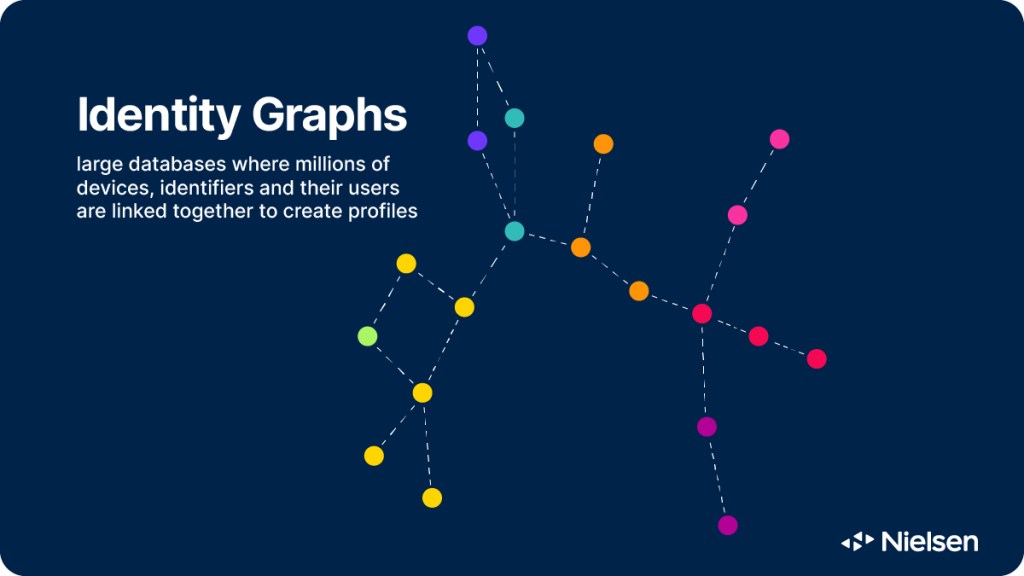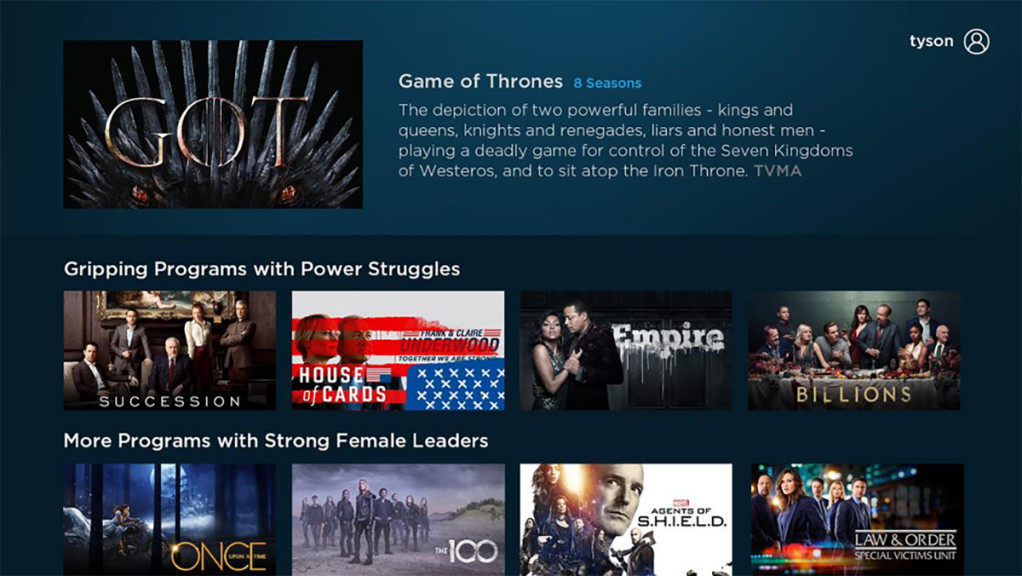Relevance
Newest
Oldest
X Clear Filters
Insights
-
Featured
Navigating AI in Marketing Mix Modeling: Risk and Rewards
Are you ready to explore the transformative power of Artificial Intelligence in revolutionizing marketing measurement and…
Marketing performance3m read






